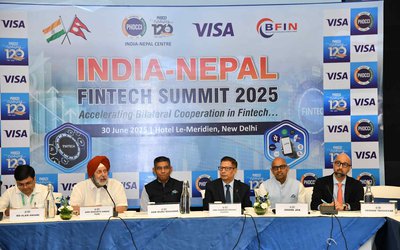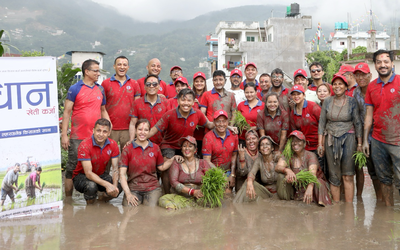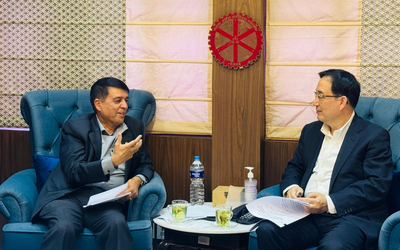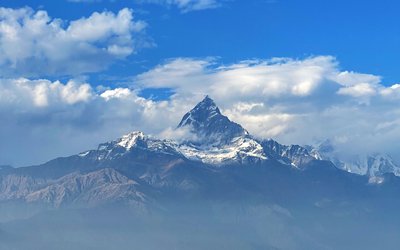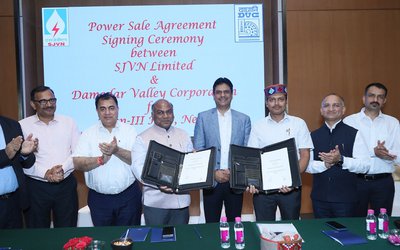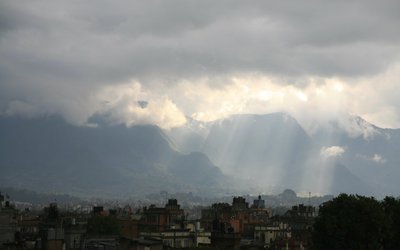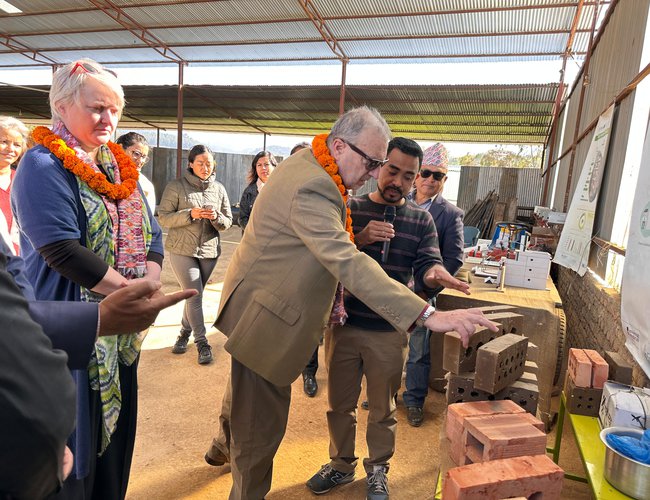
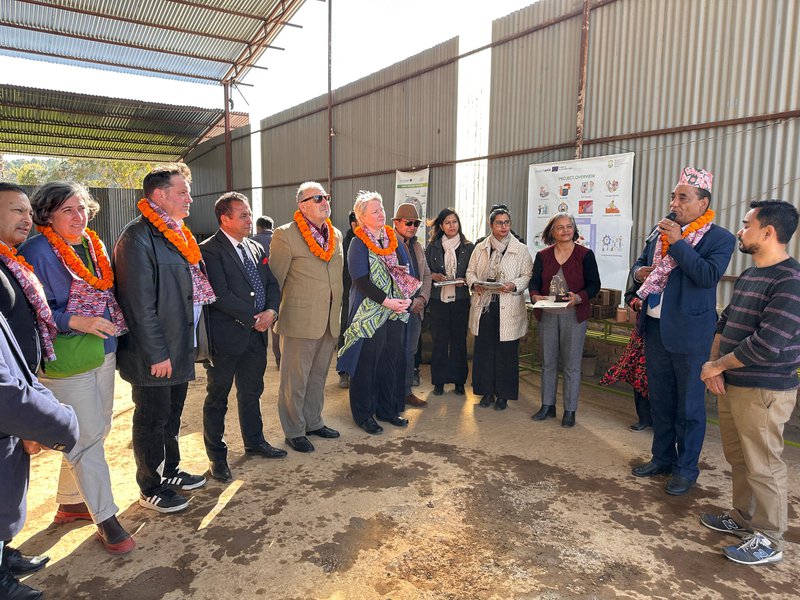
The BEEN Project, funded by the European Union under the SWITCH-Asia Grants program, has shown significant progress in energy conservation within the building construction sector since its official launch nearly two years ago.

As Nepal aims for zero emissions by 2045 through its National Determined Commitment (NDC), reducing energy consumption is crucial to meeting this target. The research and activities of the BEEN Project can play a vital role in influencing laws, regulations, and practices related to building construction, thereby transforming current building structures, designs, and materials.
BEEN has been actively engaging with the federal government, local authorities, and the private sector to reduce energy consumption and emissions across all sectors. Mario Ronconi, the Head of Unit for South and Southeast Asia at EU Partnerships, along with senior officials from the European Union, recently visited the Hossana Brick Kiln in Harisiddhi, Lalitpur.
In collaboration with the Federation of Nepal Brick Industries, the BEEN Project organized an event at the Hossana Brick Kiln for the high-level European Union Delegation. During the visit, Mario Ronconi and other delegates observed energy-efficient practices, solar radiation analysis, and innovative walling technologies. Dibya Acharya, Senior Architect of the BEEN project, provided insights into the technological advancements.
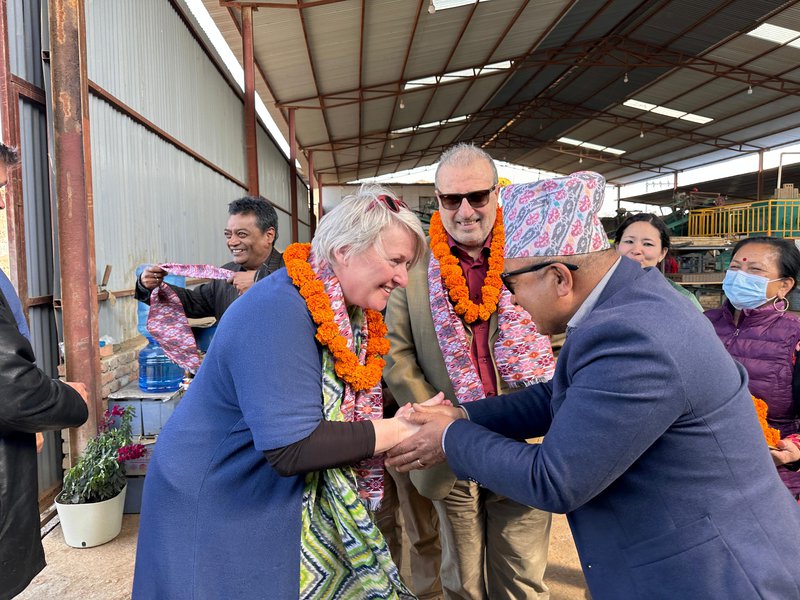
Accompanying Mario Ronconi were Dr. Marco Gemmer, Head of Cooperation at the Delegation of the European Union to Nepal, Ms. Eloisa Astudillo Fernandez, Deputy Head of Cooperation, and Dr. Ranjan Prakash Shrestha, Senior Program Manager.
Local leadership, which included Chiri Babu Maharjan, Mayor of Lalitpur Metropolitan City, Mahendra Bahadur Chitrakar, Coordinator of the Technical Resource Development Committee (TRDC) & Former President of the Federation of Nepal Brick Industries (FNBI), and Krishna Prasad Awal, Senior Vice-President of the Federation of Nepal Brick Industries (FNBI), was also in attendance.
During the visit, the delegation was provided with a detailed overview of the BEEN project led by the University of Innsbruck, Austria, in collaboration with MinErgy Pvt Ltd, Nepal, Greentech Knowledge Solutions Pvt Ltd, India, and Asociación Española de Normalización (UNE), Spain. Suyesh Prajapati, Team Leader of the BEEN project, presented the overview to the esteemed delegation.

A significant aspect of the visit was the observation of the on-site production of hollow bricks. Hollow bricks, as elucidated by Krishna Prasad Awale, Senior Vice-President of the Federation of Nepal Brick Industries (FNBI), serve as a prime example of sustainable consumption and production.
Hollow bricks are efficient building materials that help conserve clay, coal, and water, reduce CO2 emissions, and enhance thermal comfort. Moreover, the visit highlighted the measures taken to address social issues like temporary shelter and child labor in the brick kiln.

The primary goal of the BEEN Project is to contribute to achieving low-carbon and resource efficiency in the Nepalese building sector by promoting climate-responsive building design, construction, and rehabilitation through the incorporation of energy efficiency and renewable energy initiatives.
- Supreme Court upholds appointment of 52 officials
- Jul 03, 2025
- Weather Forecast: Generally Cloudy In The Hilly Areas With Heavy Rainfall In Some Areas Of Bagmati And Koshi Province
- Jul 03, 2025
- MCA-Nepal Welcomes Continued U.S. Support for MCC Nepal Compact Implementation
- Jul 02, 2025
- Sutlej to sell electricity from Arun III to Uttar Pradesh
- Jul 02, 2025
- PHDCCI India-Nepal Centre Organises “India-Nepal Fintech Summit 2025” In New Delhi
- Jul 02, 2025

